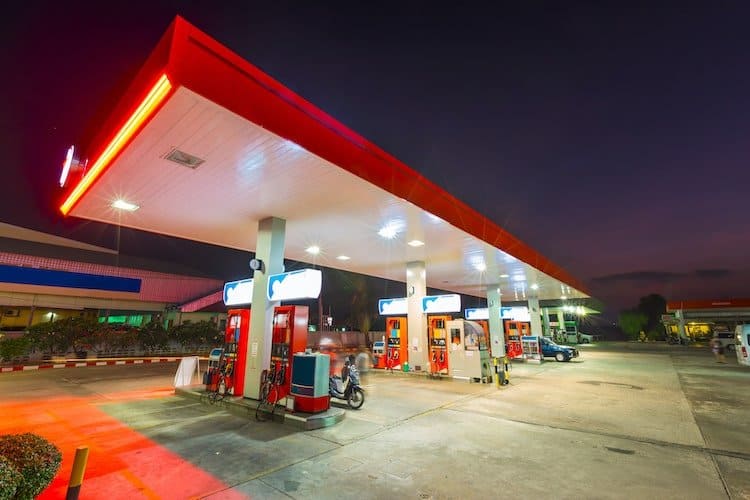The challenge is that gas station operators have a backlog of extra issues to tackle when it comes to introducing new initiatives, especially when it involves a change in technology.
Fuel merchants must balance profit margins with the effort required to change any equipment or systems. There’s a lot to consider when it comes to interoperability, too, when even a change to the pump can bring with it additional requirements for back-end systems and external integrations. Continued consolidation in the sector also means that some merchants are adding completely new environments, which were likely complex all by themselves, let alone as part of a bigger integration puzzle.
Then there’s the ripple effect that happens when fuel chains are forced to divest stores that then become somebody else’s integration problem. For example, just this year, Canadian multi-national Alimentation Couche-Tard had to sell 1,250 stores to eliminate anti-trust concerns as part of its Speedway deal.
For these reasons, most fuel merchants operate multiple fuel dispenser brands and multiple different point-of-sale (POS) devices and terminals across their sites. It’s easy to see why any significant degree of change can be complex and slow, as well as costly. This is often why fuel merchants are (or at least feel) tied into certain vendors and acquirers — to seemingly reduce the burden of variety.
However, the problem is that complexity and static vendor relationships also reduce fuel merchants’ ability to respond to market change, hinder performance visibility and discourage innovation. What fuel merchants really need is to be able to work with anything, what we’re calling “agnosticity,” because replacing is even more costly.
Break the chains, take control
This is where vendor-agnostic payments technology can help to deliver advantages around cost control, flexibility to adapt to market changes, and the opportunity to use different acquirers and partners to boost acceptance and manage risk.
Essentially, by using a payments platform that can work across any processor, hardware or software solution, fuel merchants can have far more flexibility to make changes without having to recode or replace equipment. They also still have the advantage of a single view and control over processes, plus the ability to adapt quickly and at a low cost.
If fuel merchants are free to utilize the acquirers, pump brands, POS devices and terminals that best suit their business and avoid being locked into any vendor, they are also in a better position to negotiate the most cost-effective fees and services.
The growing need for agility
As consumer expectations change and technologies such as connected commerce, voice activation, biometrics and mobile apps progress, fuel customers will undoubtedly expect more sophisticated customer experiences from their fuel and convenience visits. These experiences are likely to use both physical and digital payment capabilities to deliver the ultimate friction-free purchasing experience. To successfully deliver these new customer experiences at an acceptable speed and cost, fuel merchants need the flexibility to easily shape the partners, acquirers and processors with which they work. By using vendor-agnostic payment platforms, fuel merchants can maximize their agility, increase profitability and keep costs firmly under control.
We explore these themes in greater depth in our latest insight paper, where we look at how a more holistic, platform-driven approach to payments can help meet and beat these challenges.
View the recording of the PaymentsJournal Webinar How Fuel Merchants Can Use Payment Platforms to Drive Innovation and Profits for further insights from Raymond Pucci of Mercator Advisory Group and Benny Tadele, ACI’s vice president of Merchant Payments.




